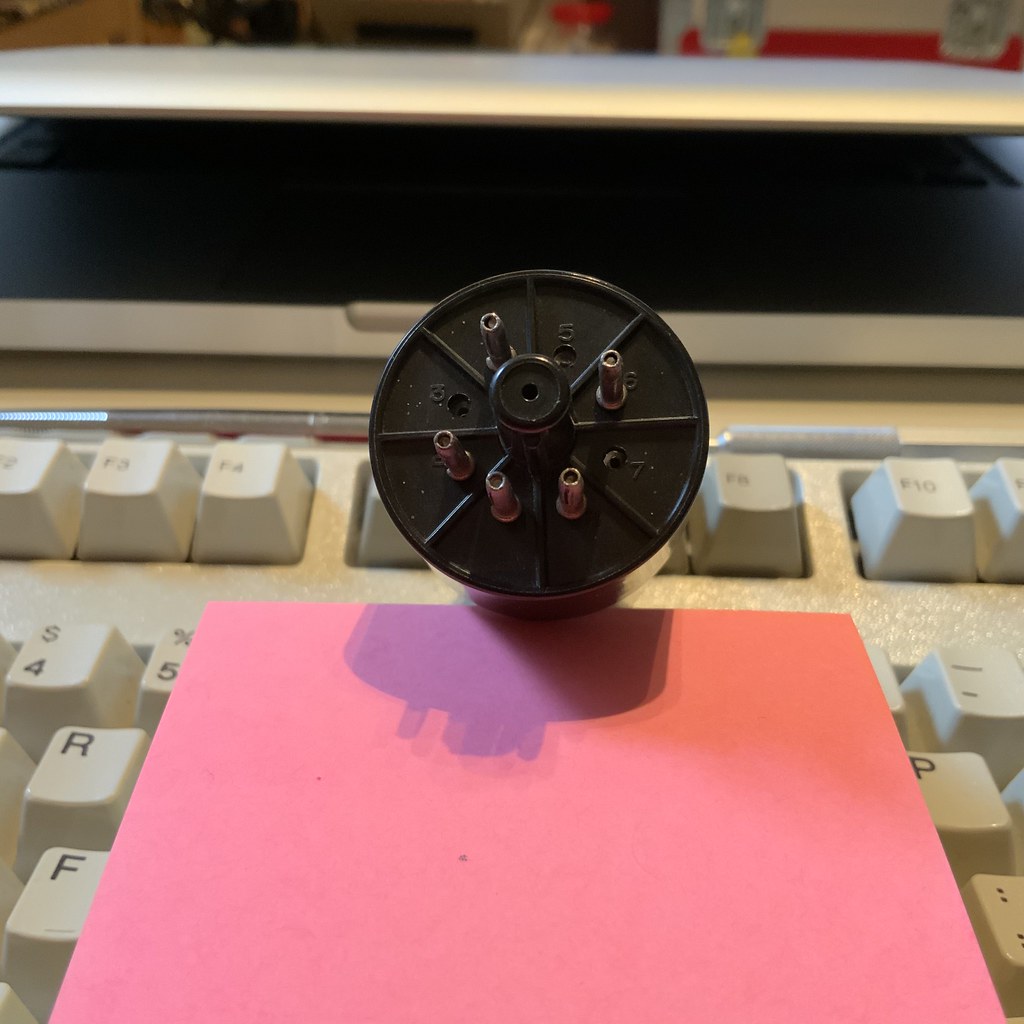Barrymagrec
pfm Member
According to the Mullard book all the unused pins (1,3,5,7) are NP or NC so it doesn`t matter which you use. Sounds like a sensible mod and can do no harm.
Could be applied to any valve rectifier.....
Could be applied to any valve rectifier.....




